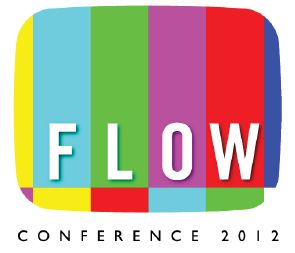
I am pleased to learn that my proposal has been accepted in a panel on “Game Studies as Media Studies” at this year’s FLOW Conference in Austin, Texas (organized biannually by graduate students in the Department of Radio-Television-Film at UT). Interestingly, no papers will be presented at the conference — just five-minute statements followed by panel discussions. The preliminary schedule is now up at the conference website, and for the most part it looks great (though I do regret to see that my panel is scheduled to run concurrently with the panel on “Teaching TV” — I was looking forward to seeing Jason Mittell there, who left Germany a few months ago after his year-long stay in Göttingen; I guess we’ll just have to get a beer afterwards…). Anyway, my proposal is based on a project that I’m currently developing with Andreas Jahn-Sudmann (on “Digital Seriality: The Serial Aesthetics and Practice of Digital Games”). Here’s my short abstract:
Ludic Serialities
Shane Denson
In order to think through the affordances and consequences of conceiving game studies as part of humanities-oriented media studies – as opposed both to non-disciplinary approaches to games as focal objects for many disciplines, as well as to strong disciplinary programs following from “ludological” assertions of digital games’ medial exceptionality – I propose looking at a widespread but undertheorized aspect of video games: viz. the seriality that characterizes games at virtually every level of their material, cultural, and intermedial expression. Seriality informs gameplay through formal-algorithmic structures of repetition/variation and the intra-ludic seriality of progressive game “levels”; sequels, remakes, and other explicit serialization practices constitute inter-ludic serialities; finally, fan practices and transmedial phenomena beyond the games themselves instantiate extra-ludic serialities. Careful attention to serial structures offers both a broad basis for cross-media comparisons (from dime novels, film serials, TV series, etc.), as well as the means for identifying salient differences of digital interactivity.